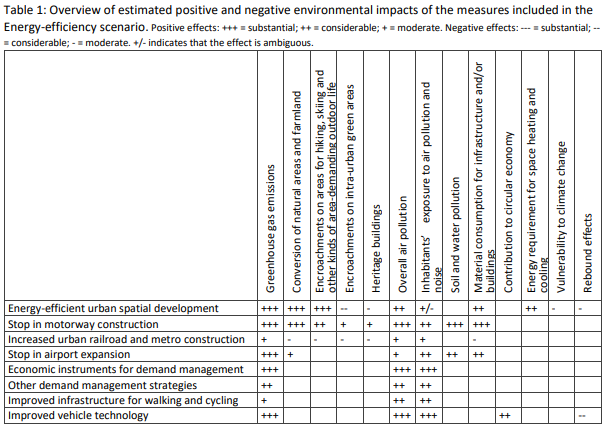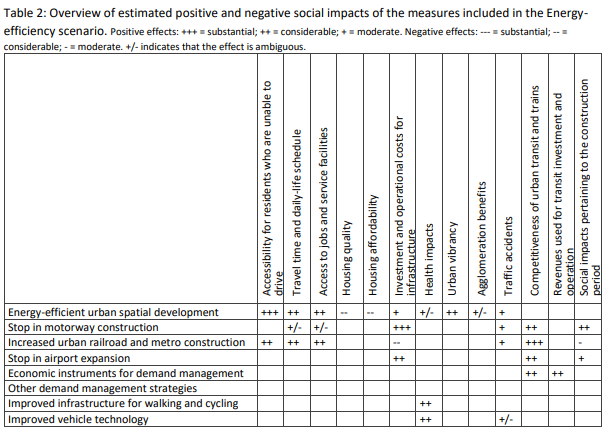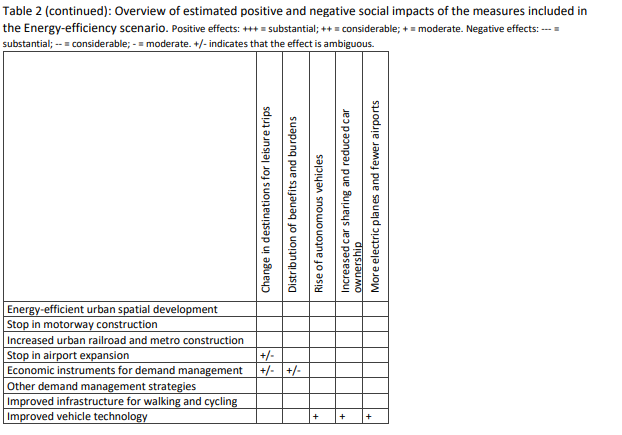
07 Nov Environmental and social impacts of energy-efficiency measures in the transport sector
sEEnergies partner Norwegian University of Life Sciences (NMBU) is the lead beneficiary of the present report and has carried out this work in cooperation with Aalborg University (AAU).
The measures of the Energy-efficiency scenario for the transportation sector are likely to produce a large number of environmental and social impacts in addition to their intended impacts in terms of energy saving. Most of the identified ‘additional’ impacts are positive, judged against relevant environmental and social criteria, but there are some less favourable impacts.
The present report discusses additional environmental and social impacts of the measures included in the Energy-efficiency scenario. For each impact category, the causal mechanisms producing the impact are briefly described. For some of the impacts, quantitative assessments of the impacts compared to a business-as-usual trajectory have also been made.
Read more about:
- Key characteristics of the Business-as usual and the Energy-efficiency scenarios for the transportation sector
- Relevant environmental and social additional impacts of the measures of the Energy-efficiency scenario, including impacts of energy-efficient spatial urban development, halt in motorway construction, halt in airport expansions, improved infrastructure for walking and cycling, economic instruments for the transport sector demand management and energy-efficient vehicle technology
- Comprehensive table showing the various additional environmental and social impacts




